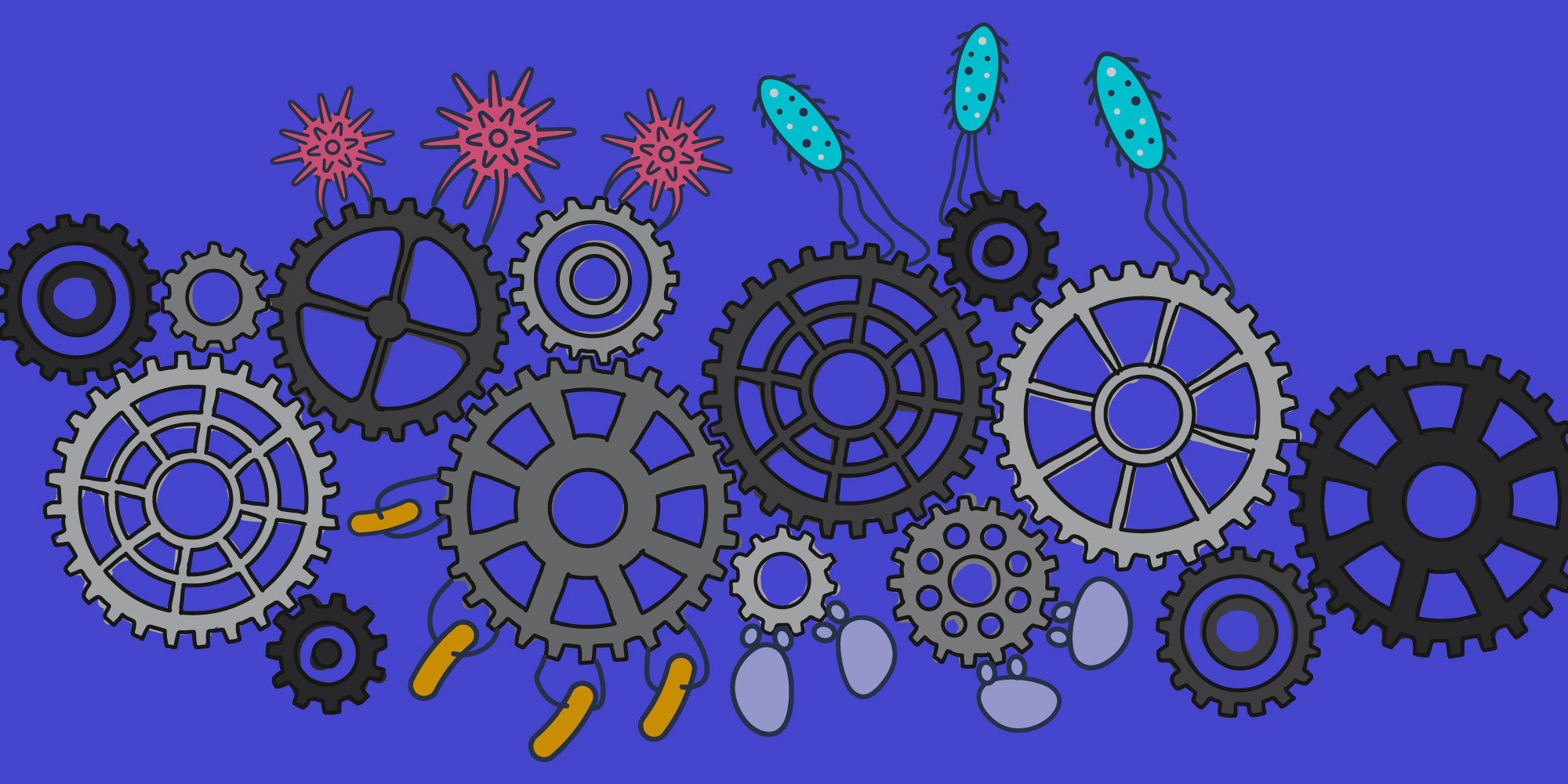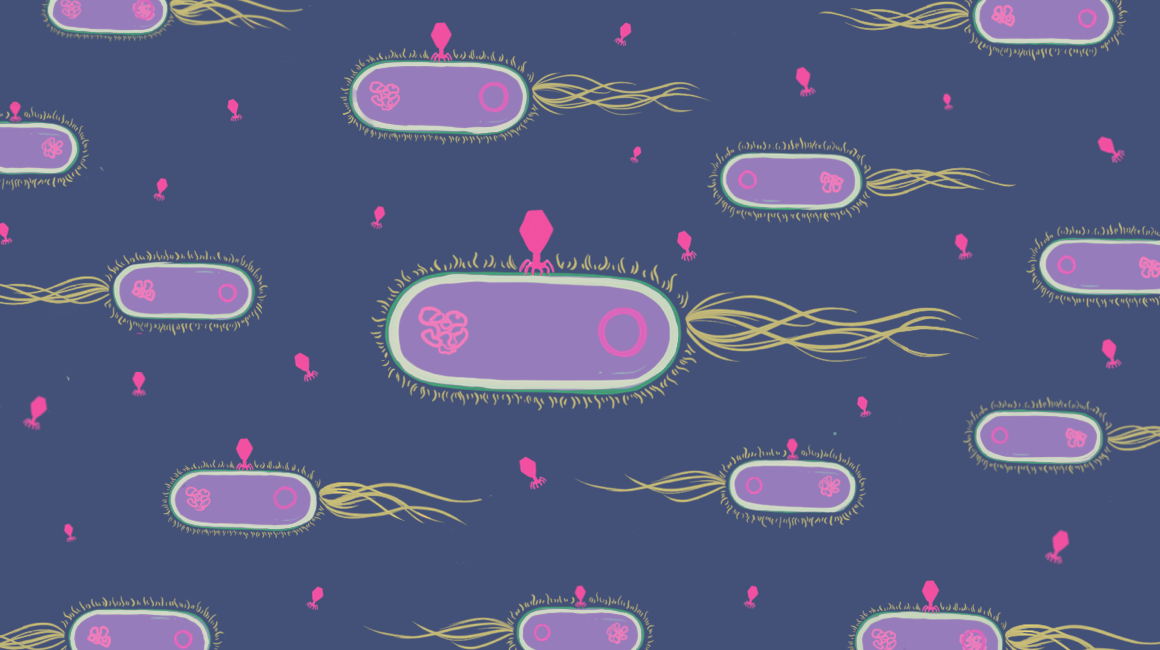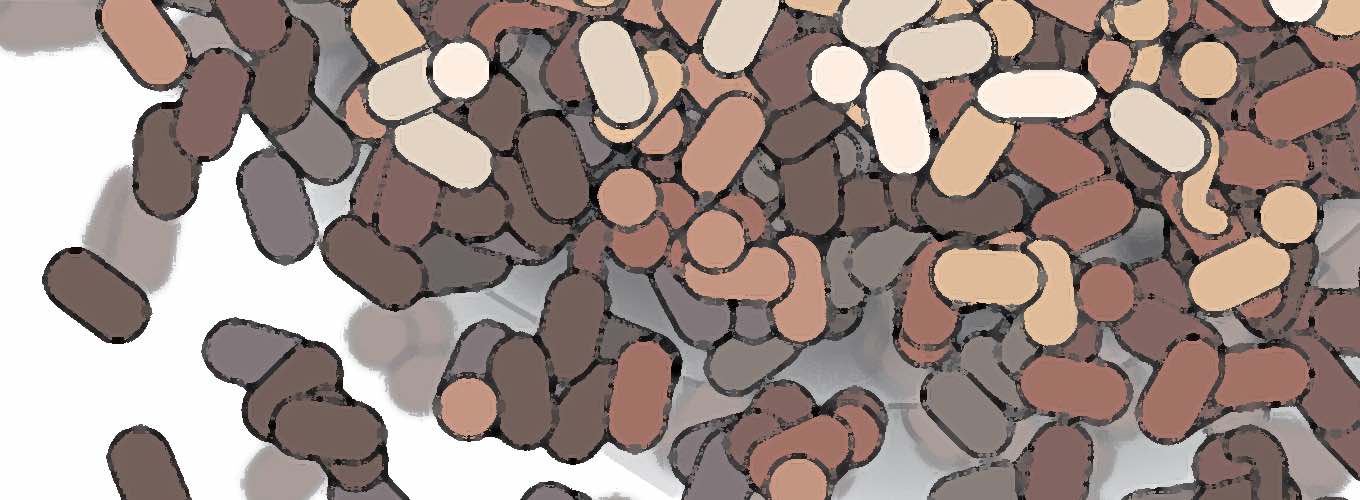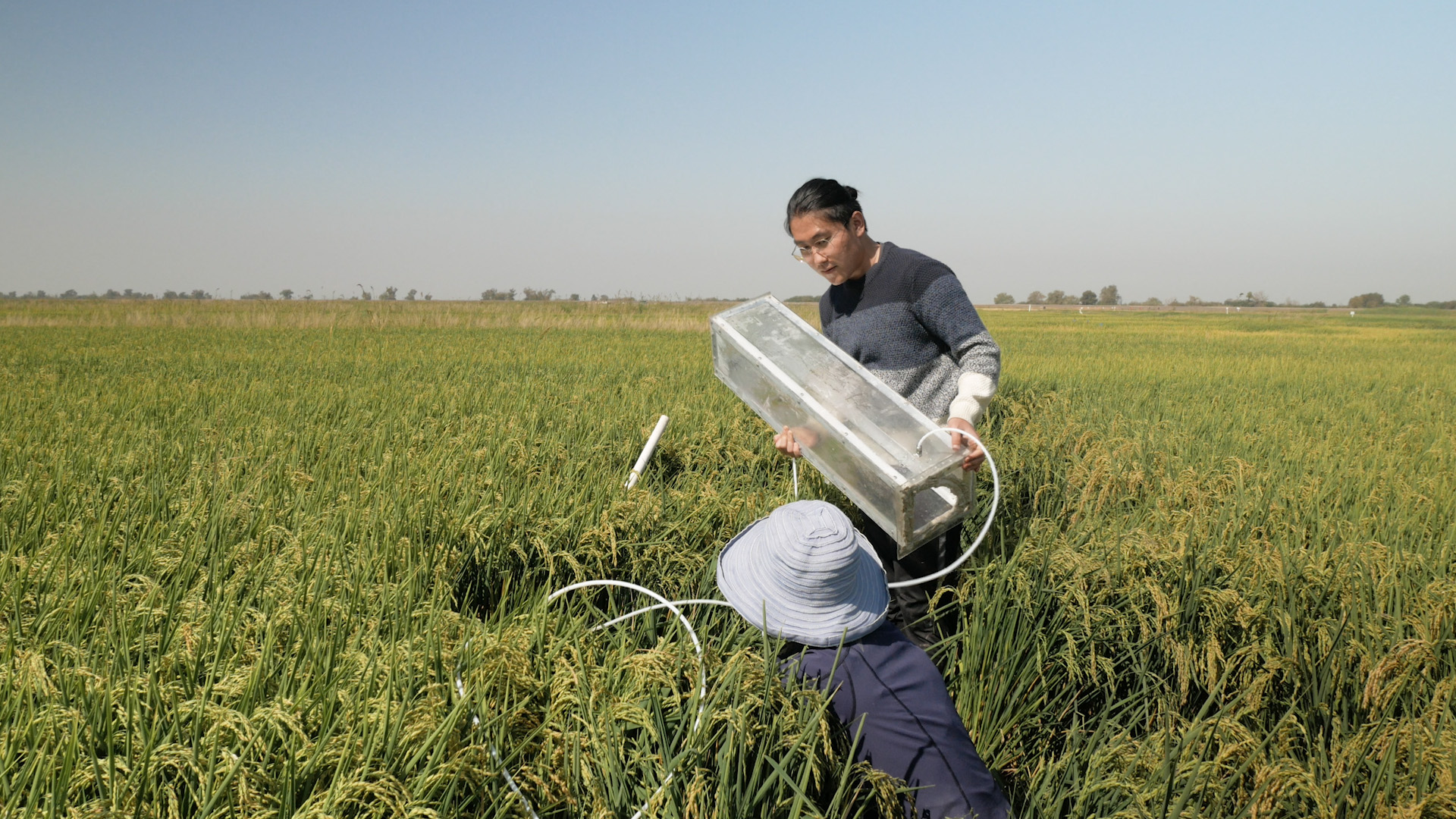
New Research on How Bacteria & Viruses Coexist in the Gut Microbiome
When we think of the gut microbiome, we usually think about bacteria. But bacteriophages — that is, tiny viruses that prey on bacteria – are also part of the microbiome, and one that science is only just beginning to explore. In a new paper in Cell Host & Microbe, IGI Women in Enterprising Science Fellow Clare Lou and colleagues in the Banfield lab established a database of hand-curated phage genome sequences and used strain-resolved analyses to look at the dynamics of phage populations over the first three years of life.

This crucial window is when the gut microbiome is established. “The general idea,” says Lou, “is that the microbiome, which includes bacteria, phages, and other biological entities, is training our immune system. They grow and evolve together.” Preterm birth, early use of antibiotics, and other factors that affect the microbiome can dramatically increase the risk for immune conditions like dangerous food allergies and asthma, as well as the risk of metabolic diseases. In this study, Lou and colleagues compare the phage populations of preterm and full-term infants to each other, as well as to their biological mothers, looking at how many and which phages persist over time.
This research can help us not only understand the human microbiome more deeply, but also serves as a model system for studying the evolutionary race between phages and the bacteria they infect. Read the study here.
 By
Hope Henderson
By
Hope Henderson



